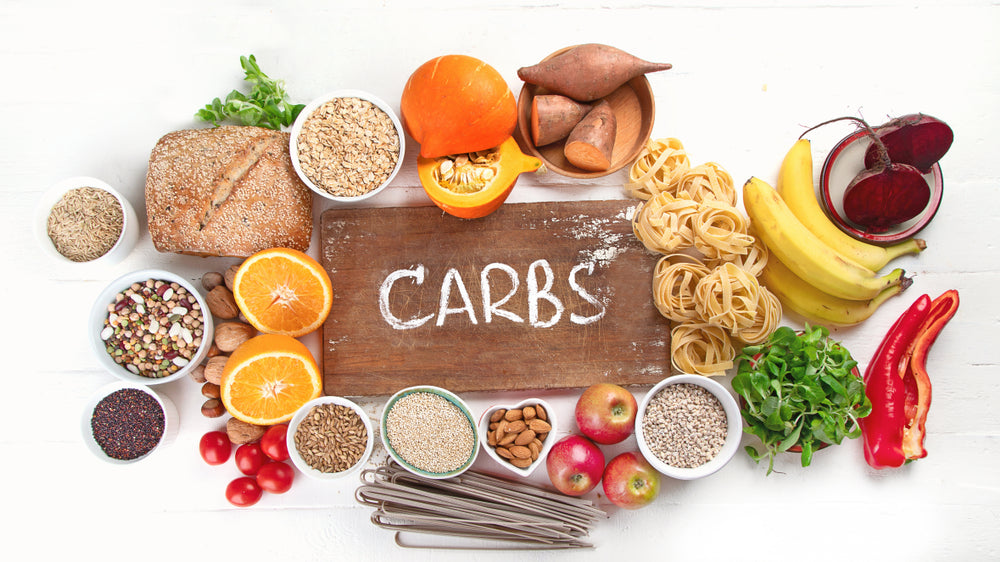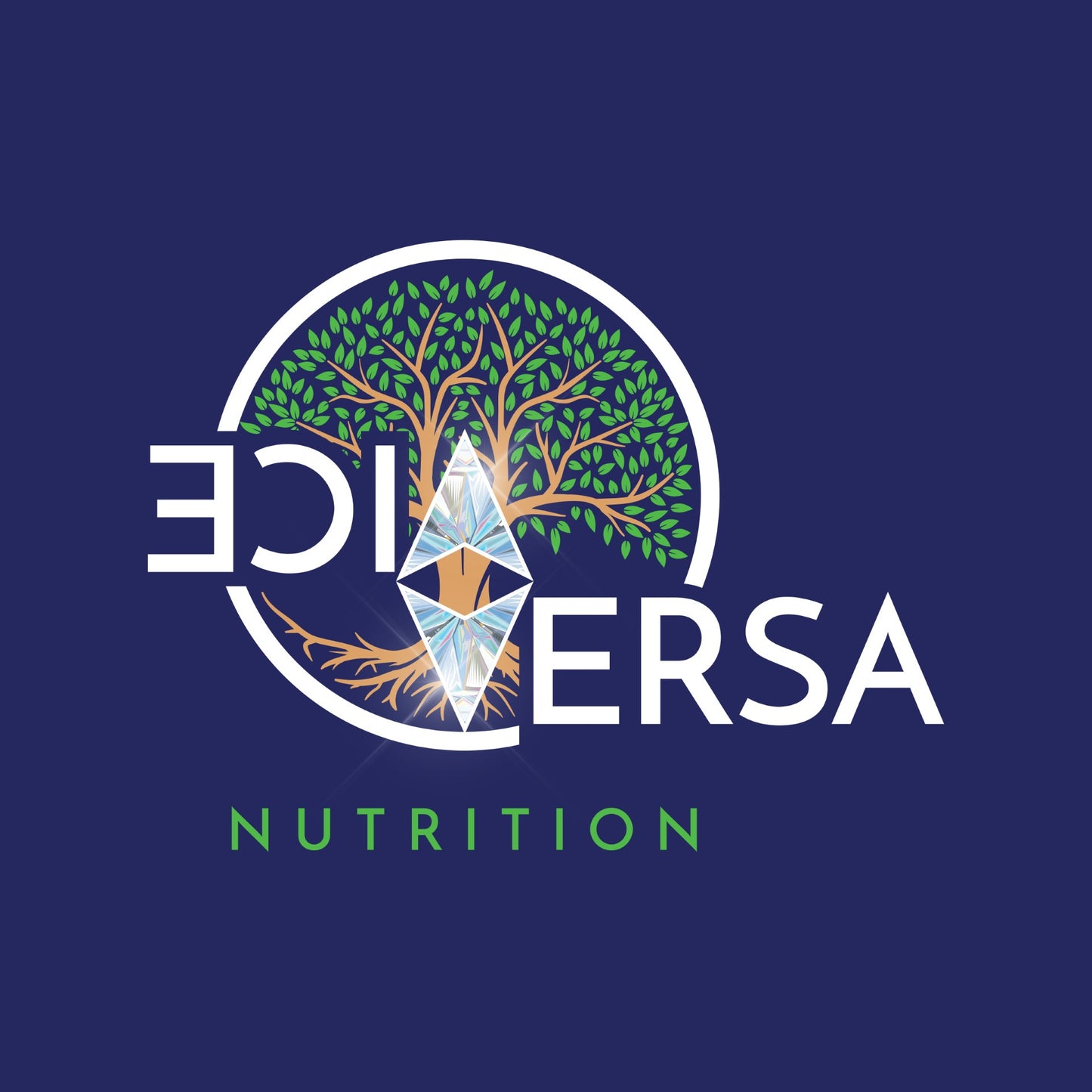
There are three macronutrients that will provide the body energy so we can go about our normal daily activities. These Three macronutrients are called: Carbohydrates, Fats, and Proteins.
The body has the ability to use energy through macronutrients without our conscious control such as; breathing, digestion, regulating temperature and cell repair. These are a few of the body's vital functions.
So if you like to breathe and move, let's carry on reading about one of these macronutrients.
In today’s blog post we will be covering what a carbohydrate is and what its components are made up of.
Carbohydrates
Carbohydrates are the body's main energy source, they provide the body with glucose to use for energy, which can also be stored (glycogen) for future use.
Simple and complex carbs
We can determine what a simple and complex carb is by its molecule content, there are three variations:
Single molecule, known as (monosacharides) “mono” meaning “one” “sacharides” means “sugar”. These carbs are in their most basic form.

Two Molecules, known as “Disacharides” When two monosacharides bond chemically they form a disaccharide.

Multiple molecules, known as “polysaccharide” made up of hundreds and thousands of monosaccharides are called complex carbs.

Using the above diagram we can conclude when selecting carbs it is important to choose complex carbs with the exception of fructose from fruits as they hold many micronutrients and will give a more immediate effect to energy expenditure.
How we can identify complex carbs in our food is by simply looking at the fibre content on product labels, if the number is 6 grams fibre per 100 grams of food this will count as a complex carb. If fibre is 3 grams or below per 100 grams of food then it is not a complex carb.
Choosing high fibre foods means they hold greater nutrient value including the ability to ease digestion (blog post on fibre coming soon).
Digesting Carbs
In the small interesting, the less starchy complex carbs are broken down into simple carbs. All non- glucose monosaccharides are converted into glucose into the liver, which is released into the bloodstream. It is either used immediately, or converted into glycogen ( a polysaccharide of glucose), which is stored in the liver and muscles for later use. Fibre refers to a complex carb that cannot be broken down by the digestive enzymes in the small intestine. This fibrous matter then moves into the large intestine, where it helps to produce highly useful short-chain fatty acids and nourishes the lining of the gut.
